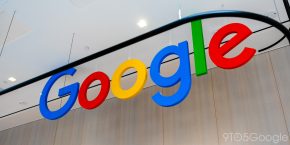
California’s Department of Motor Vehicles has released brief factual details of six accidents involving Google and Delphi self-driving cars, after the Associated Press successfully argued that legitimate public interest in the safety of the cars outweighed normal confidentiality rules. Self-driving cars were not found to be at fault in any of the accidents, and there were no injuries.
According to the reports, most of the cars were in self-driving mode when the accidents happened, and the other driver caused the accident. None of the crashes were serious enough to injure the person the state requires to sit behind the wheel, and the reports say none of the people in the other cars were treated for injuries either.
Five of the six accidents involved Google cars, and four of those were with the car in self-driving mode. The DMV was unaware of eight other accidents involving Google autonomous cars until the company shared the information during a conference call in April …
Under California rule, there is no requirement to report damage-only accidents unless the cost of the damage exceeds $750. Google has since released details of these additional eight crashes. In most of these, the self-driving car was rear-ended whilst stationary. In two further accidents, the recorded speed of the Google car at the time it was hit was at or below 1mph. No injuries were reported in any of the collisions.
Google says that while the stats seemingly show its self-driving cars have been involved in more accidents per miles than the statistical average for human drivers, it believes that this is due to under-reporting of damage-only accidents.
The company last month shared examples of scenarios in which its autonomous cars had successfully avoided collisions with poorly-driven cars. In the situation illustrated below, the Google car is on the green path, making a left turn within its lane. A human-driven car, represented by the purple box next to it cut it off by switching lanes into its path. The red fence shows that the Google car spotted the danger and came to a halt to avoid the collision.

In a similar example, a car (shown with an exclamation mark) made a right turn from an ahead-only lane, cutting off the Google car. The green fence shows that the Google car realized that it had to slow to avoid a collision.

After using Lexus cars as a testbed, Google is in the early stages of road-testing purpose-built prototypes of autonomous cars. It hopes to have the first generation of self-driving cars on the market by 2020, the same year that has been suggested for an Apple car.
FTC: We use income earning auto affiliate links. More.




Comments